Home>diy>Building & Construction>What Is A Safety Plan In Construction


Building & Construction
What Is A Safety Plan In Construction
Modified: January 4, 2024
Learn what a safety plan is in building construction and how it ensures the well-being of workers, compliance with regulations, and prevention of accidents.
(Many of the links in this article redirect to a specific reviewed product. Your purchase of these products through affiliate links helps to generate commission for Storables.com, at no extra cost. Learn more)
Introduction
Welcome to the world of construction, where skilled workers bring magnificent structures to life. From towering skyscrapers to intricate bridges, construction projects require careful planning and precise execution. But amidst the excitement and challenges of construction, safety should always take center stage.
Construction sites can be hazardous environments, with numerous risks and potential dangers lurking at every turn. To mitigate these risks and ensure the well-being of everyone involved, it is crucial to have a comprehensive safety plan in place.
In this article, we will explore the definition of a safety plan in construction, its components, importance, and steps to create one. We will also delve into the implementation and monitoring of a safety plan, as well as the benefits and challenges associated with it.
Whether you are a construction professional, a project manager, or simply someone interested in the industry, understanding the significance of a safety plan is vital for the success of any construction project. So let’s dive in and discover what a safety plan in construction entails.
Key Takeaways:
- Prioritizing safety in construction through a comprehensive safety plan is crucial for protecting workers, ensuring legal compliance, reducing risks, and fostering a positive work environment.
- Overcoming challenges such as site complexity, resistance to change, and budget constraints is essential for successful safety plan development and implementation in construction.
Read more: What Is Planning In Construction
Definition of a Safety Plan in Construction
A safety plan in construction is a detailed document that outlines the strategies, procedures, and protocols to be followed in order to maintain a safe working environment on a construction site. It serves as a roadmap for all construction activities, ensuring that safety measures are integrated into every aspect of the project.
The primary purpose of a safety plan is to identify and mitigate potential hazards, reduce the risk of accidents, injuries, and illnesses, and promote a culture of safety among all workers. This comprehensive document provides guidance on how to handle various situations, such as emergencies, hazardous material handling, equipment operation, and more.
A well-developed safety plan covers a wide range of aspects related to construction site safety, including but not limited to:
- Identification and assessment of potential hazards
- Prevention strategies and control measures
- Personal protective equipment (PPE) requirements
- Worksite traffic control and signage
- Erection and dismantling of scaffolding
- Safe use and maintenance of tools and equipment
- Fall protection measures
- Emergency procedures and evacuation plans
- Training and education programs
- Reporting and investigation of incidents
These components work together to ensure the safety and well-being of everyone involved in the construction project, including workers, contractors, visitors, and the general public.
It is important to note that the specific requirements and regulations for safety plans may vary depending on the country, region, and type of construction project. Compliance with local laws and industry standards is crucial when developing a safety plan in order to address the unique risks and challenges of each construction site.
Now that we have a clear understanding of what a safety plan in construction entails, let’s dive deeper into its various components.
Components of a Safety Plan
A well-structured safety plan in construction consists of several key components, each playing a crucial role in ensuring the effectiveness and success of the plan. Let’s explore the main components that make up a comprehensive safety plan:
- Policy Statement: This section establishes the commitment of the organization or project management to prioritize safety. It outlines the goals and objectives of the safety plan and sets a clear expectation for all stakeholders involved.
- Hazard Assessment and Risk Analysis: This component involves identifying, assessing, and analyzing potential hazards and risks associated with the construction activities. It includes conducting a thorough site inspection, reviewing project plans, and engaging with workers to identify potential risks.
- Safe Work Practices and Procedures: This section outlines the specific safety practices and procedures that workers must follow to minimize risks. It includes guidelines on proper use and maintenance of equipment, safe handling and storage of hazardous materials, and protocols for working at heights or in confined spaces.
- Training and Education: This component addresses the importance of providing adequate safety training and education for all workers. It outlines the topics to be covered in safety training sessions, identifies responsible individuals or departments for conducting training, and establishes a schedule for regular training sessions.
- Personal Protective Equipment (PPE): This component specifies the types of personal protective equipment that must be worn by workers to minimize the risk of injuries or exposure to hazards. It includes guidelines for proper selection, use, and maintenance of PPE, as well as procedures for reporting damaged or faulty equipment.
- Emergency Preparedness and Response: This section focuses on being prepared for emergencies and outlining the necessary response procedures. It includes protocols for evacuation, first aid, fire safety, and handling incidents such as chemical spills or accidents. It also provides contact information for emergency services and details on how to report incidents.
- Communication: Effective communication plays a vital role in ensuring the implementation and success of a safety plan. This component outlines the methods and channels of communication to be used on the construction site, including regular safety meetings, safety bulletins or notices, and a system for reporting safety concerns or near-miss incidents.
- Monitoring and Evaluation: Regular monitoring and evaluation are essential to ensure that the safety plan is being effectively implemented. This component outlines the processes and tools for monitoring safety performance, conducting inspections and audits, and tracking the progress of safety initiatives. It also includes procedures for reviewing and updating the safety plan as needed.
By incorporating these key components into a safety plan, construction projects can establish a strong foundation for maintaining a safe working environment and protecting the well-being of all individuals involved.
Importance of Having a Safety Plan
A safety plan is not just a mere administrative requirement for construction projects; it is a critical tool for protecting the well-being of workers and minimizing the risk of accidents, injuries, and fatalities. Here are some key reasons why having a safety plan is of utmost importance in the construction industry:
- Worker Safety and Health: The primary purpose of a safety plan is to prioritize the safety and health of workers. By implementing safety measures and providing appropriate training, workers can perform their tasks with confidence and peace of mind, knowing that their well-being is valued and protected. A comprehensive safety plan helps reduce accidents, injuries, and occupational illnesses, enabling workers to return home safely at the end of each day.
- Legal Compliance: Construction sites are subject to various safety regulations and legal requirements imposed by governments and regulatory bodies. Having a safety plan ensures compliance with these regulations, helping businesses avoid penalties, fines, and potential legal liabilities. It demonstrates a commitment to upholding industry standards and meeting all necessary safety obligations.
- Risk Reduction: Construction activities inherently involve risks, such as falls, electrical hazards, and exposure to hazardous materials. A safety plan helps identify these risks and implement appropriate controls to reduce them. By proactively addressing potential hazards, construction projects can prevent accidents and create a safer working environment for all individuals involved.
- Productivity Improvement: A well-structured safety plan not only protects workers but also enhances productivity. It incorporates efficient work practices, proper training, and equipment maintenance protocols, reducing the occurrence of workplace incidents that can disrupt workflow. When workers feel safe and supported, they are more likely to be engaged, motivated, and productive.
- Brand Reputation: Construction companies and project owners who prioritize safety earn a positive reputation in the industry. A strong safety record and a commitment to worker well-being can attract clients, investors, and business partners who value responsible and ethical practices. A favorable reputation can lead to increased opportunities for growth and success in the competitive construction market.
- Cost Savings: While investing in safety measures may require an upfront investment, it can result in long-term cost savings. By preventing accidents and injuries, businesses can avoid the expenses associated with medical bills, workers’ compensation claims, and legal disputes. Additionally, a safety plan can help mitigate potential project delays caused by accidents or regulatory non-compliance, reducing financial losses and protecting the profitability of the construction project.
Overall, having a robust safety plan is vital for the construction industry. It fosters a culture of safety, protects workers, ensures legal compliance, reduces risks, improves productivity, enhances brand reputation, and leads to long-term cost savings. By prioritizing safety, construction projects can create a harmonious and secure working environment where everyone can thrive.
Steps to Create a Safety Plan
Developing a comprehensive safety plan in construction requires careful planning and attention to detail. By following a step-by-step approach, construction professionals can create an effective safety plan tailored to the specific needs and risks of their project. Here are the key steps involved in creating a safety plan:
- Conduct a Site Assessment: Begin by assessing the construction site to identify potential hazards and risks. This includes evaluating the terrain, existing structures, machinery, and materials present. Engage with workers, supervisors, and safety professionals to gain insights into specific safety concerns and challenges.
- Research Applicable Regulations and Industry Standards: Familiarize yourself with the local regulations, codes, and industry standards that apply to your construction project. Ensure that your safety plan aligns with these requirements to maintain compliance.
- Establish Safety Goals and Objectives: Define the safety goals and objectives you aim to achieve with your safety plan. These goals should be specific, measurable, attainable, relevant, and time-bound (SMART). They provide a clear focus and direction for your safety efforts.
- Identify and Prioritize Hazards: Create a list of potential hazards on your construction site. Identify which hazards pose the highest risk and prioritize them for mitigation actions. Consider both immediate hazards and potential long-term risks.
- Develop Control Measures: Determine the best control measures to minimize or eliminate the identified hazards. This may involve implementing engineering controls, administrative controls, and personal protective equipment (PPE). Ensure that these measures are practical and suitable for the specific hazards and tasks involved in your project.
- Establish Safety Policies and Procedures: Develop clear safety policies and procedures that reflect your safety goals and align with the control measures you have identified. These policies should cover topics such as PPE usage, equipment operation, emergency response, and incident reporting.
- Provide Training and Education: Train all workers and subcontractors on the safety policies and procedures outlined in your plan. Ensure that they understand their roles and responsibilities in maintaining a safe work environment. Regularly provide additional safety training as needed and include ongoing education to reinforce safe practices.
- Implement Communication Protocols: Establish effective communication channels to promote safety awareness and facilitate reporting of safety concerns. This includes regular safety meetings, safety bulletins, and mechanisms for workers to report hazards or incidents anonymously if desired.
- Conduct Regular Inspections and Audits: Regularly inspect the construction site to ensure compliance with safety policies and procedures. Conduct internal audits and involve independent safety professionals, if necessary, to identify any gaps or areas for improvement. Make adjustments to your safety plan based on the findings.
- Review and Update the Safety Plan: An effective safety plan is dynamic and adaptable. Regularly review and update your safety plan to reflect changes in the project, regulations, or industry best practices. Engage with workers and supervisors to gather feedback and continuously enhance your safety efforts.
Remember, creating a safety plan is not a one-time activity. It requires ongoing commitment, monitoring, and improvement to ensure the highest level of safety on your construction site. By following these steps and continuously evaluating and refining your safety plan, you can create a working environment that prioritizes the well-being of all individuals involved.
Always have a safety plan in place before starting any construction project. This plan should outline potential hazards, safety procedures, and emergency protocols to ensure the well-being of all workers on site.
Read more: What Is A Construction Plan
Implementation and Monitoring of a Safety Plan
Creating a safety plan in construction is only the first step towards ensuring a safe working environment. To fully reap the benefits of the plan and mitigate potential risks, it is crucial to effectively implement and monitor its execution. Here are key factors to consider for the implementation and monitoring of a safety plan:
- Assign Responsibilities: Clearly define the roles and responsibilities of individuals involved in implementing the safety plan. This includes designating a safety coordinator or supervisor who will oversee the ongoing implementation of the plan and ensure adherence to safety protocols.
- Communication and Training: Communicate the safety plan to all workers and provide comprehensive training on its contents and expectations. Regularly reinforce key safety messages and conduct refresher training sessions to ensure continued compliance with safety procedures.
- Consistent Enforcement: Consistently enforce safety guidelines and practices to create a culture of safety. Hold everyone accountable for their actions and ensure that violations are addressed promptly and appropriately. Promote an environment where workers feel comfortable reporting safety concerns without fear of retaliation.
- Monitoring Performance: Regularly monitor and evaluate the performance of the safety plan to identify areas for improvement. This can involve conducting inspections, audits, and safety meetings to assess compliance, address issues, and track progress towards safety goals. Use key performance indicators (KPIs) to measure the effectiveness of the safety plan.
- Encourage Reporting: Establish a reporting system that encourages workers to report near-miss incidents, hazards, and potential risks. Provide channels for anonymous reporting if desired, to encourage open and honest communication. Investigate and address reported incidents promptly to prevent similar occurrences in the future.
- Continuous Improvement: Regularly review and update the safety plan based on feedback, lessons learned, and emerging best practices. Stay up-to-date with new safety regulations and technologies and ensure that your safety plan reflects these changes. Engage workers and seek their input when making updates to foster a sense of ownership and collaboration.
- Recognition and Rewards: Recognize and reward individuals or teams that demonstrate exemplary commitment to safety. Celebrate milestones, achievements, and positive safety behaviors to reinforce the importance of safety in the workplace. This can include incentives, safety awards, or acknowledgement in team meetings.
- Leading by Example: Leaders and supervisors must set a positive example by following safety procedures themselves. When employees see their superiors actively prioritizing safety, they are more likely to understand its importance and emulate safe behaviors.
Remember, effective implementation and monitoring of a safety plan require active engagement and participation from all levels of the organization. By fostering a culture of safety, providing ongoing training and communication, and continuously assessing performance, construction projects can ensure that the safety plan is executed effectively and that workers are kept safe from potential risks.
Benefits of Following a Safety Plan
Following a safety plan in construction not only safeguards the well-being of workers but also brings a multitude of benefits for all stakeholders involved. Here are some key advantages of adhering to a well-implemented safety plan:
- Worker Safety and Health: The most significant benefit is ensuring the safety and health of all workers. By following a safety plan, construction projects minimize the risk of accidents, injuries, and occupational illnesses. This leads to a higher level of worker satisfaction, productivity, and overall well-being.
- Reduced Costs: Implementing a safety plan can result in significant cost savings. By preventing accidents and injuries, businesses can avoid the expenses associated with medical bills, workers’ compensation claims, and legal disputes. Construction projects can also avoid costly project delays caused by accidents or non-compliance with safety regulations.
- Improved Productivity: A safe working environment promotes productivity by minimizing disruptions caused by accidents and injuries. Workers who feel safe are more likely to be engaged, motivated, and focused on their tasks, leading to increased efficiency and higher-quality work output.
- Enhanced Reputation and Client Satisfaction: Clients, investors, and partners are more likely to trust and choose construction companies that prioritize safety. A strong safety record and a commitment to worker well-being enhance a company’s reputation, instill client confidence, and can lead to repeat business and referrals.
- Compliance with Regulations and Legal Requirements: Following a safety plan ensures compliance with local regulations, codes, and industry standards. This protects construction projects from legal liabilities, penalties, and fines. It also demonstrates a commitment to upholding the highest safety standards and ethical practices.
- Increased Employee Engagement and Retention: A safety-conscious work environment fosters a positive culture that values workers’ well-being. This, in turn, improves employee morale, engagement, and loyalty. Employees are more likely to stay with a company that prioritizes their safety, contributing to lower turnover rates and reduced recruitment and training costs.
- Better Risk Management: By identifying and assessing potential hazards through a safety plan, construction projects can implement appropriate control measures to mitigate risks effectively. This proactive approach minimizes the likelihood of accidents and reduces the impact of unforeseen events, ensuring project continuity and success.
- Improved Communication and Collaboration: Implementing a safety plan encourages open communication and collaboration among workers and supervisors. It provides a platform for discussing safety concerns, reporting hazards, and sharing best practices. This promotes a positive work environment where everyone feels empowered to contribute to a safer workplace.
Overall, the benefits of following a safety plan in construction extend beyond just the immediate well-being of workers. When safety becomes a top priority, it positively impacts productivity, reputation, compliance, employee engagement, and risk management. By investing in and committing to a comprehensive safety plan, construction projects can create a work environment that prioritizes safety and yields long-term success.
Challenges in Developing and Implementing a Safety Plan
Developing and implementing a safety plan in construction comes with its fair share of challenges. Recognizing and addressing these challenges is crucial for ensuring the effectiveness and success of the safety plan. Here are some common challenges that may arise during the development and implementation process:
- Complexity of Construction Sites: Construction sites are dynamic and complex environments, with multiple potential hazards and risks. Each site has its unique set of challenges, such as uneven terrain, working at heights, exposure to hazardous materials, and operating heavy machinery. Accounting for these complexities and tailoring the safety plan to address them can be challenging.
- Safety Compliance: Ensuring compliance with local regulations, codes, and industry standards can be challenging, especially when specific requirements are constantly evolving. Staying up-to-date with the latest safety regulations and ensuring accurate implementation can require significant effort and resources.
- Resistance to Change: Implementing a safety plan often requires changes in work practices, policies, and routines. Resistance from workers, supervisors, or management can hinder the successful implementation of the plan. Overcoming resistance and fostering a culture of safety requires effective communication, training, and clear explanations of the benefits of following the plan.
- Training and Education: Providing comprehensive safety training and education to workers can be challenging, especially in large construction projects with high labor turnover rates. Ensuring that all workers receive proper training, especially when dealing with language or literacy barriers, can be time-consuming and resource-intensive.
- Enforcement and Accountability: Ensuring consistent enforcement of safety protocols and holding individuals accountable for their actions can pose a challenge. It requires a strong commitment from management and supervisors to monitor compliance, address violations, and foster a culture of responsibility and accountability throughout the organization.
- Communication: Effective communication is essential for the successful implementation of a safety plan. Construction sites often involve a diverse workforce, including workers from different backgrounds and varying language skills. Overcoming language barriers and ensuring clear and consistent communication of safety protocols can be a challenge.
- Budgetary Constraints: Developing and implementing a safety plan may require additional financial resources for equipment, training materials, and safety enhancements. Budgetary constraints can sometimes limit the ability to implement all desired safety measures. Finding a balance between necessary safety investments and budget limitations is a challenge that construction projects must navigate.
- Ongoing Maintenance: A safety plan is not a one-time effort but requires ongoing maintenance. Regular inspections, audits, and updates to the safety plan are necessary to address emerging safety concerns and adapt to changing project requirements. Allocating time and resources for continuous improvement can be challenging, especially when confronted with the demands of the construction schedule.
While these challenges may be present, it is important to approach them with a proactive mindset and a commitment to safety. By addressing these challenges head-on and implementing strategies to overcome them, construction projects can ensure the successful development and implementation of a safety plan, ultimately creating a safer work environment for all.
Conclusion
In the world of construction, safety should always be the top priority. A comprehensive safety plan is a vital tool in ensuring the well-being of workers, minimizing risks, and creating a culture of safety on construction sites. By following a well-structured safety plan, construction projects can reap numerous benefits, including increased worker safety, reduced costs, improved productivity, enhanced reputation, legal compliance, and better risk management.
The development and implementation of a safety plan come with their own set of challenges. Complex construction sites, compliance with ever-changing regulations, resistance to change, training requirements, accountability enforcement, communication barriers, budgetary constraints, and ongoing maintenance are some of the challenges that need to be addressed effectively.
However, these challenges should not deter construction projects from prioritizing safety. By approaching these challenges with determination, effective communication, ongoing training, and strong leadership, construction companies can overcome the obstacles and create a safe working environment that protects the well-being of workers and ensures successful project execution.
It is important to understand that a safety plan is a living document that requires periodic review and updates. Regular monitoring, assessment, and continuous improvement are essential for its long-term effectiveness. By encouraging worker participation, recognizing achievements, and fostering a culture of safety, construction projects can create a positive and productive work environment that promotes the well-being of all individuals involved.
In conclusion, a safety plan is not just a legal requirement; it is a vital element in construction project management. With a strong commitment to safety, construction companies can make significant strides towards preventing accidents, protecting workers, mitigating risks, and ultimately achieving successful projects that contribute to the growth and sustainability of the construction industry.
Frequently Asked Questions about What Is A Safety Plan In Construction
Was this page helpful?
At Storables.com, we guarantee accurate and reliable information. Our content, validated by Expert Board Contributors, is crafted following stringent Editorial Policies. We're committed to providing you with well-researched, expert-backed insights for all your informational needs.
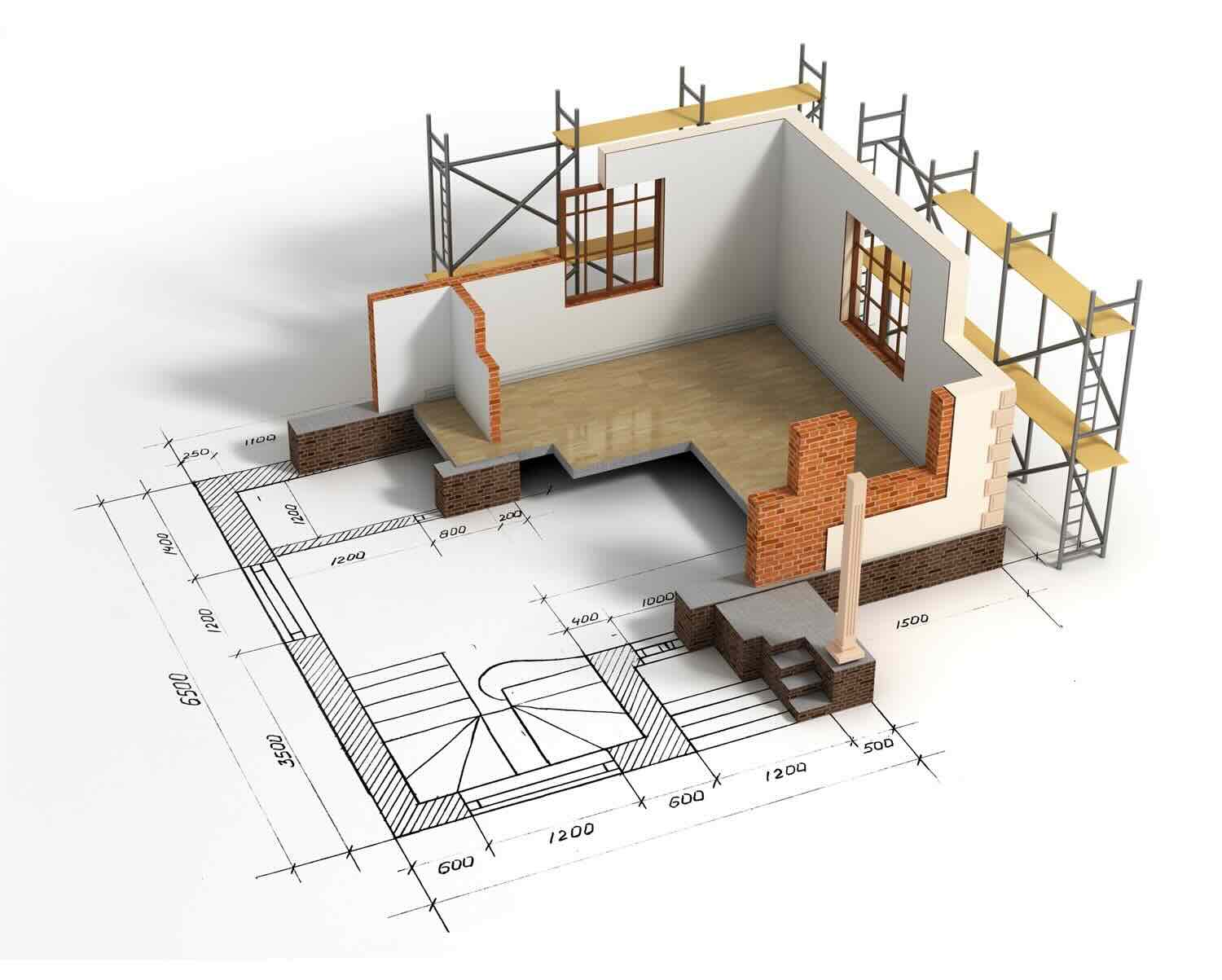
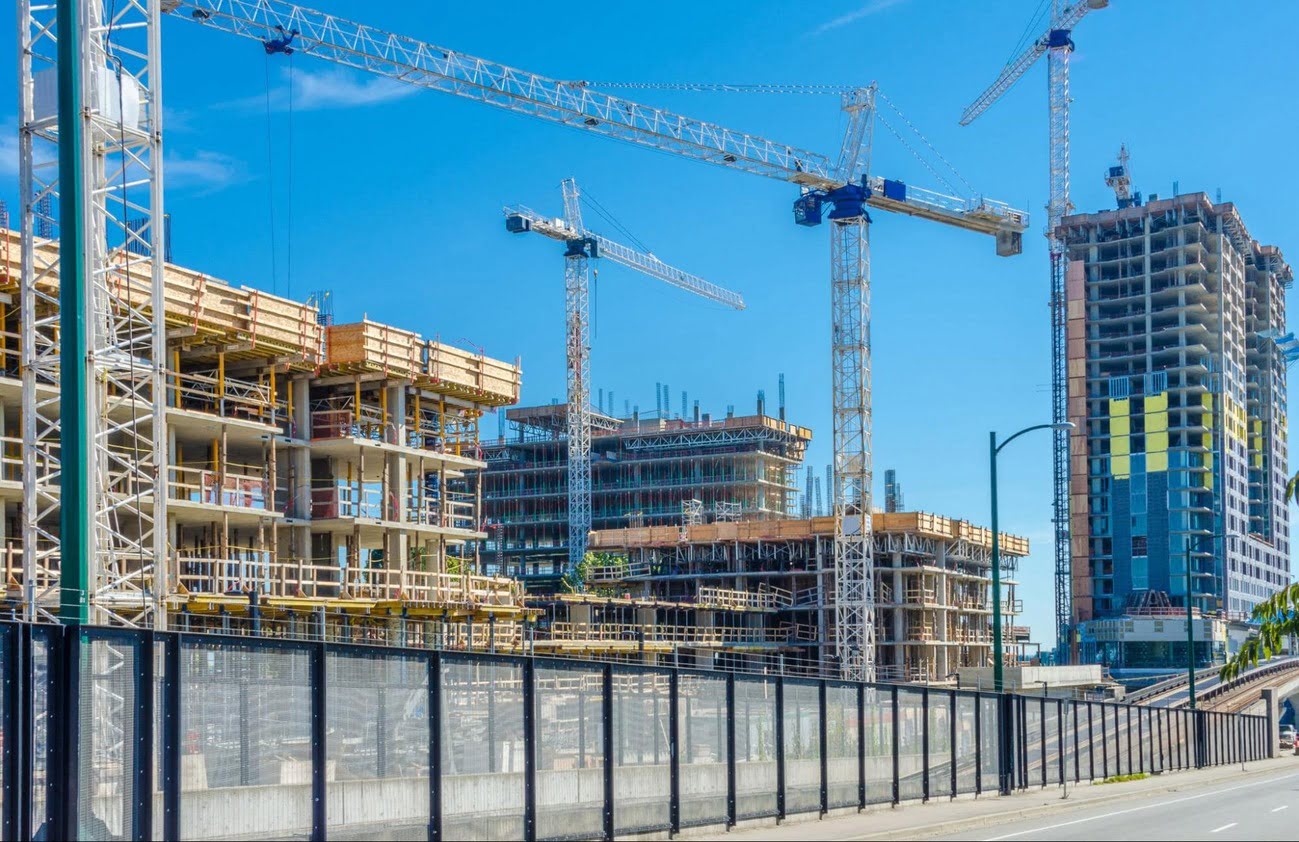
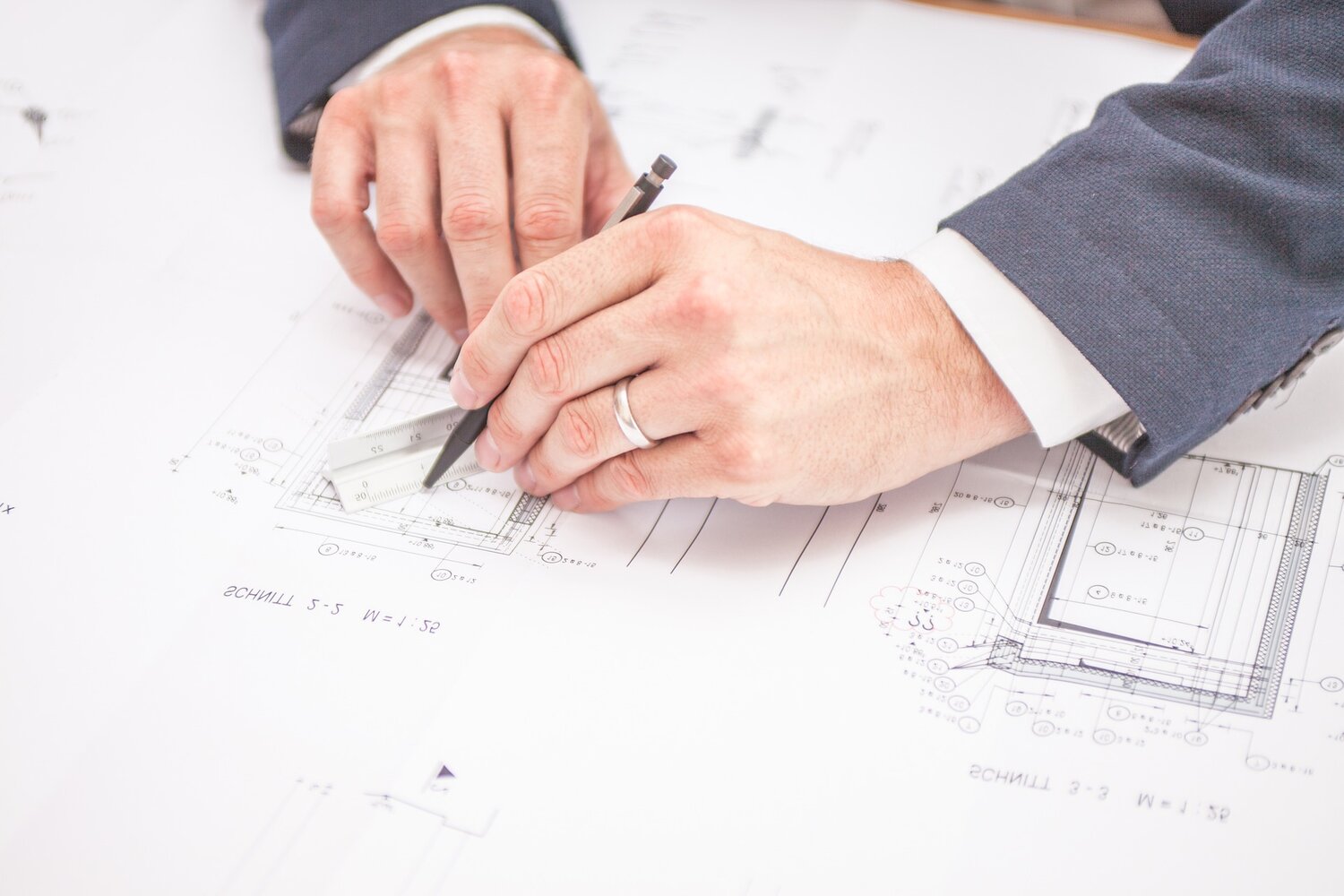
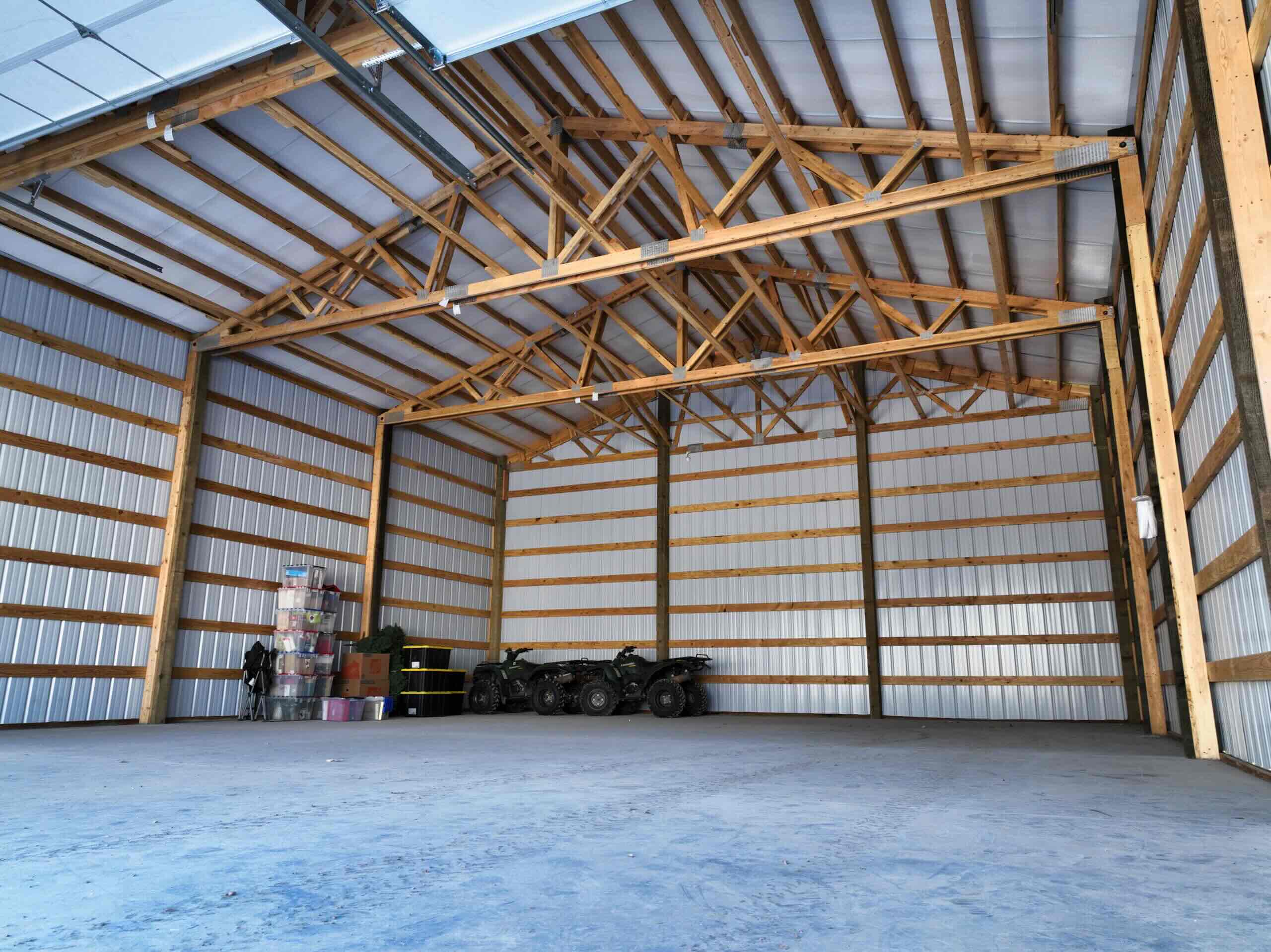
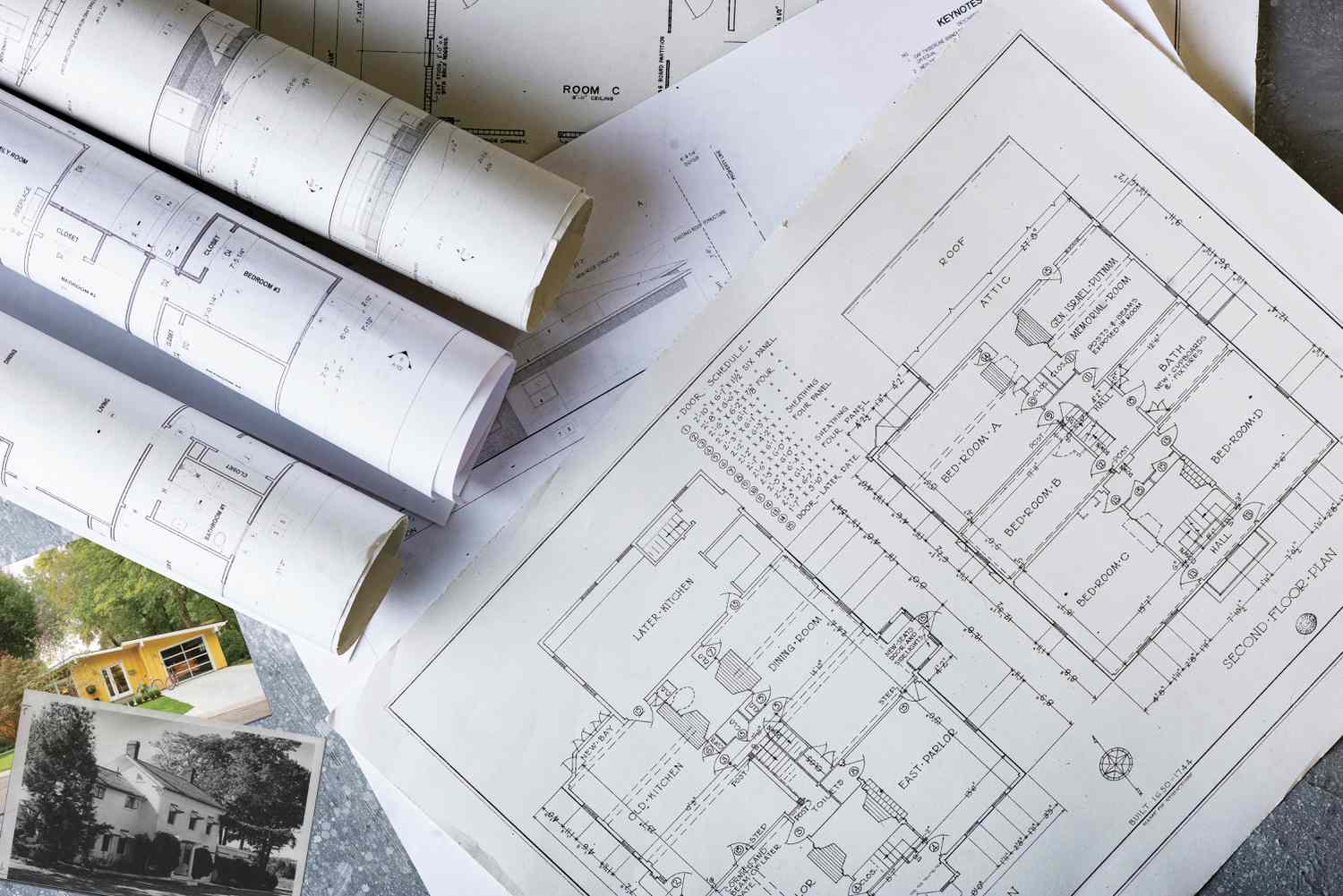


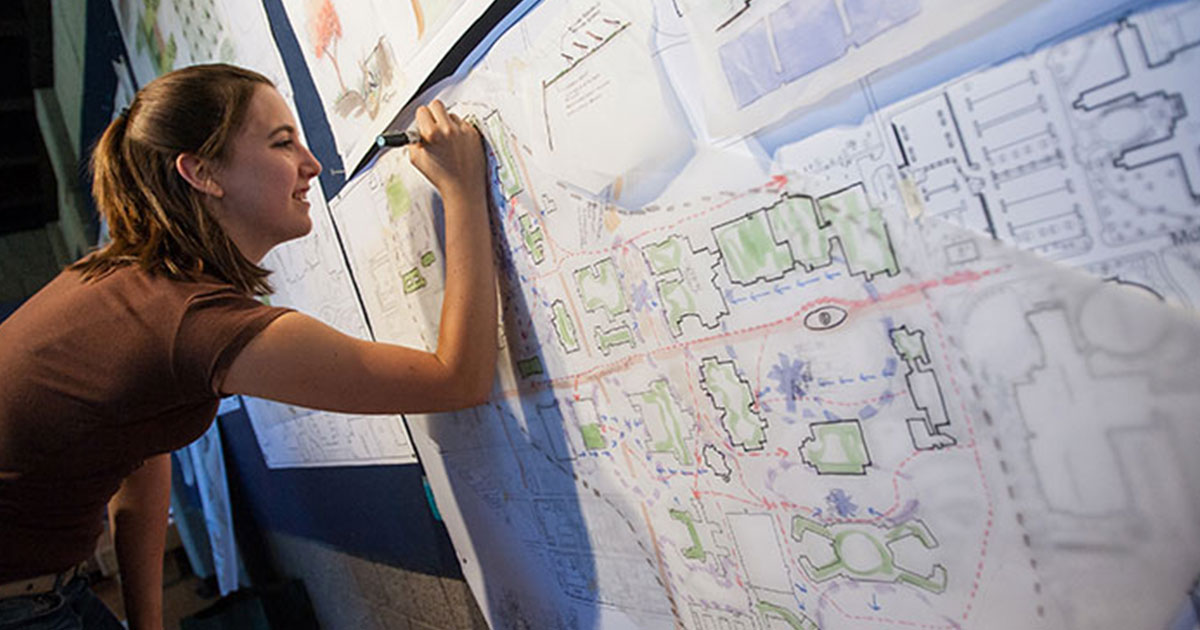
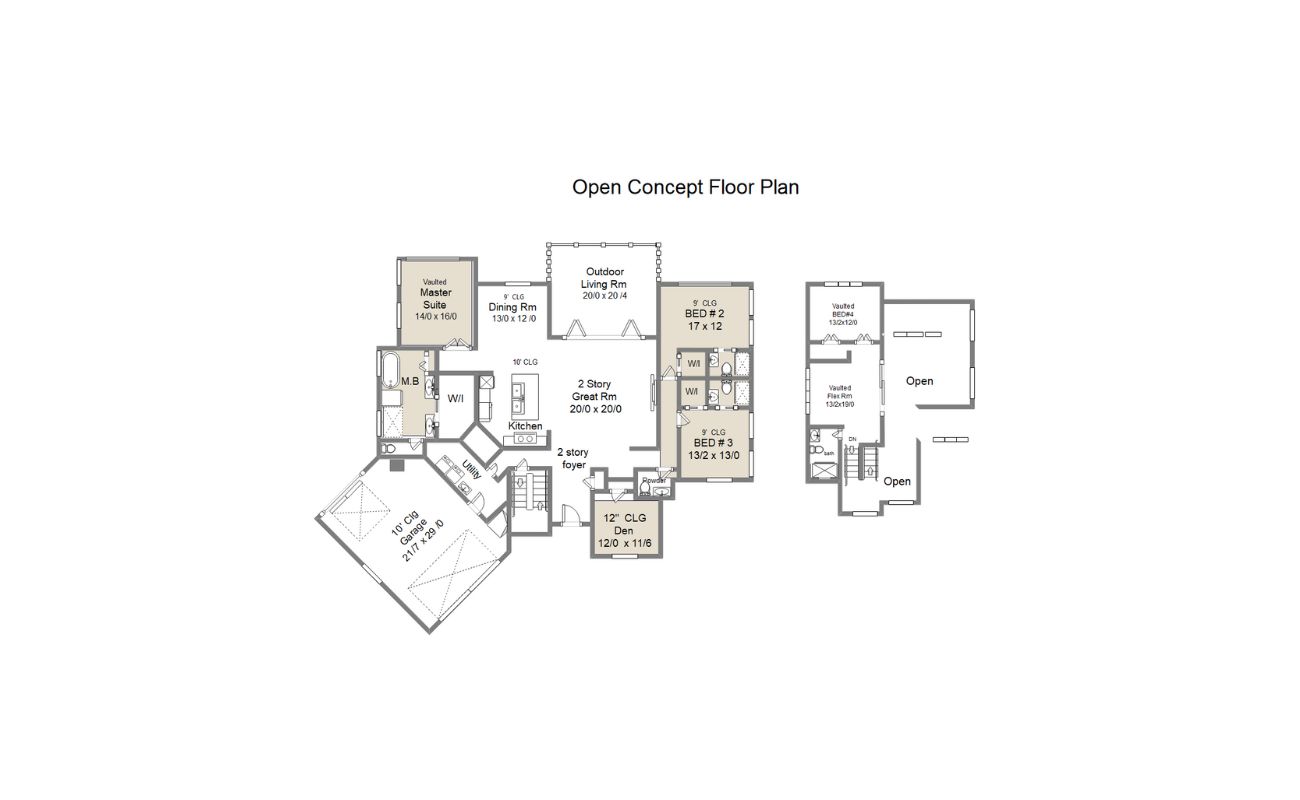






0 thoughts on “What Is A Safety Plan In Construction”